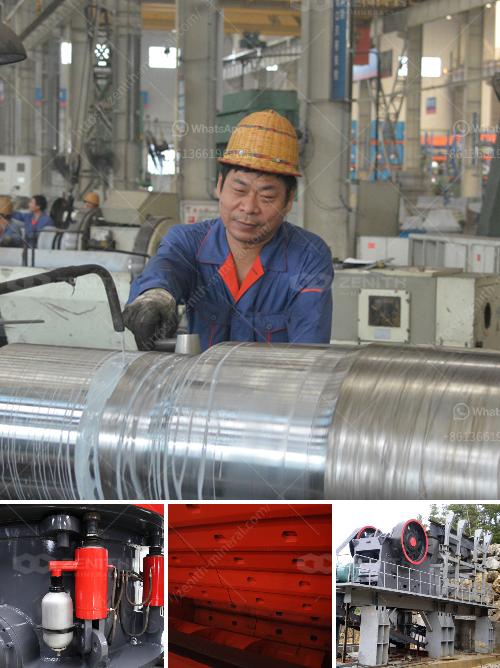Measuring the methods of a jaw crusher involves several key steps to ensure optimal performance and efficiency. Here’s a comprehensive guide:
1. Assessing the Feed Size:
- Measurements: Measure the maximum size of the input material (feed).
- Tools Needed: Caliper, tape measure.
- Procedure: Take several samples of the material intended for processing and measure the largest dimension.
2. Setting the Gap:
- Measurements: Measure the gap (closed side setting, CSS) between the crusher jaws.
- Tools Needed: Feeler gauges or a lead sheet.
- Procedure: Insert the feeler gauge or lead sheet between the jaws at the lowest point while the crusher is operating under no-load conditions. Adjust the setting as necessary.
3. Measuring the Output Size:
- Measurements: Determine the size of the output material.
- Tools Needed: Sieves of different sizes or a mechanical sieve shaker.
- Procedure: Collect a sample of the output material and pass it through the set of sieves. Measure the material retained on each sieve to determine size distribution.
4. Checking the Jaw Plate Wear:
- Measurements: Measure the thickness of jaw plates at various points.
- Tools Needed: Vernier caliper, micrometer.
- Procedure: Periodically measure the jaw plates' thickness to monitor wear. Replace the plates when they become too thin for effective crushing.
5. Evaluating Crushing Performance:
- Measurements: Measure the total production output (tons per hour).
- Tools Needed: Scale or belt weigher.
- Procedure: Calculate the throughput by timing the feed and weighing the output.
6. Monitoring Power Consumption:
- Measurements: Measure the power consumption of the crusher.
- Tools Needed: Power meter.
- Procedure: Track the electrical consumption over time, ensuring it stays within the expected range for the load being processed.
Additional Tips:
- Routine Checks: Regularly inspect all mechanical and hydraulic components for any signs of wear or damage.
- Documentation: Keep detailed records of all measurements and maintenance activities to track performance trends.
- Calibration: Ensure that all measuring tools are calibrated and functioning correctly.
Following these steps systematically ensures that your jaw crusher operates efficiently, maintains optimal performance, and has a longer operational life.


